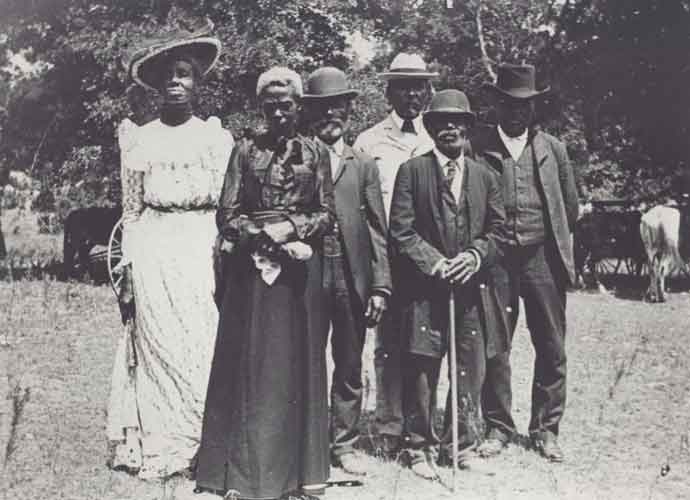What’s The History Of Juneteenth? Here’s A Guide
On Monday, the U.S. observes Juneteenth National Independence Day, which is a federal holiday.
Many Americans do not know what today stands for, but it is an important part of U.S. history.
Juneteenth is the second independence day in this country, the day when all slaves were officially free.
The eve of January 1, 1863, is known as “Freedom’s Eve” as it was when the first Watch Night services occurred. Free and enslaved African Americans gathered at their churches and homes and waited until midnight when the Emancipation Proclamation officially took effect. The Emancipation Proclamation declared that all enslaved people that lived in the Confederate States were now free.
The Union soldiers went to all the plantations and cities in the South and read copies of the Emancipation Proclamation to spread the news of freedom everywhere.
The 13th Amendment, signed by President Abraham Lincoln, officially declared that emancipation would end slavery all throughout the U.S.
But this did not mean that all slaves were automatically free. There were still states that were under the control of Confederates, so the law could not be implemented everywhere. Texas was one of these places and the slaves were not free in Texas until June 19 in 1865. On this day, about 2,000 Union troops arrived in Texas and declared that all the slaves were free, according to the executive decree. This day marks that all enslaved people in the U.S. were finally free.
Juneteenth is celebrated by many Americans getting the day off from work or school. There are also a variety of activities, including fairs, festivals, concerts, faith services and more, that allow people to come together to celebrate the end of the darkest chapter in American history.
RELATED ARTICLES
Get the most-revealing celebrity conversations with the uInterview podcast!






![Save Up To 35% Off For Radisson Hotels & Resorts Around The World Now [Discount Code]](https://utrips.com/wp-content/uploads/Radisson_Hotels.webp)
Leave a comment